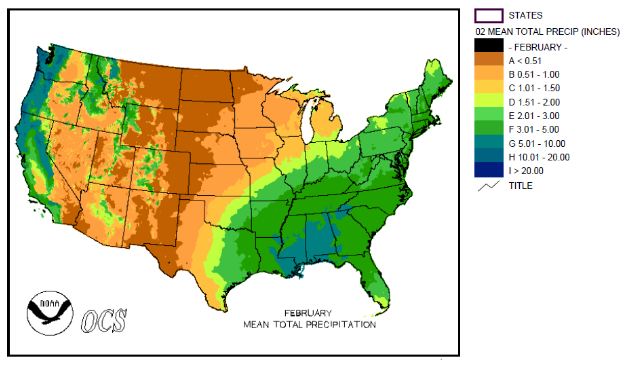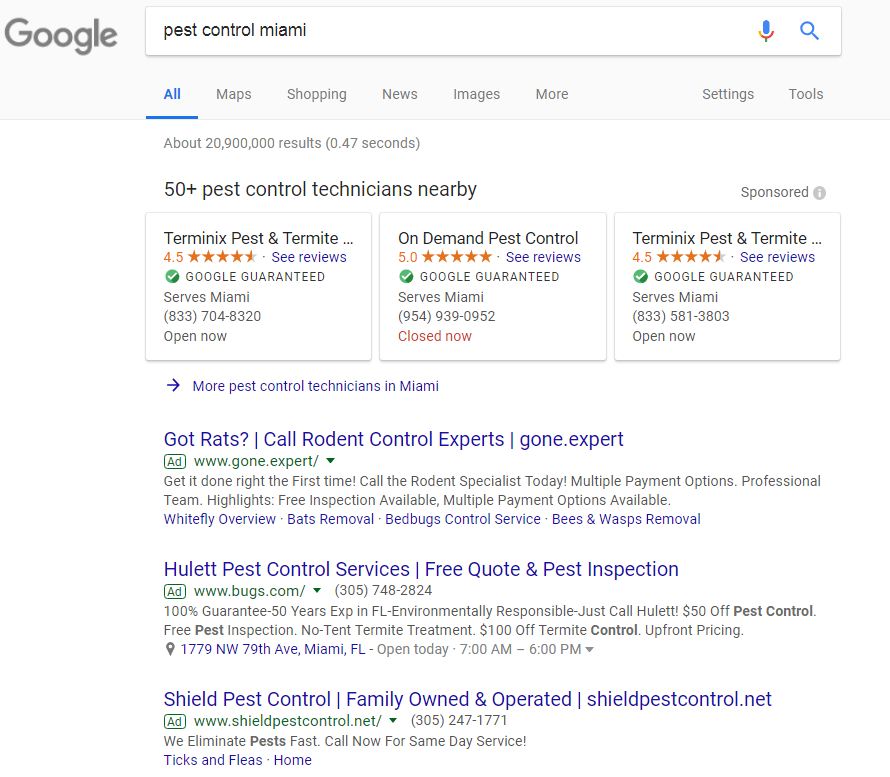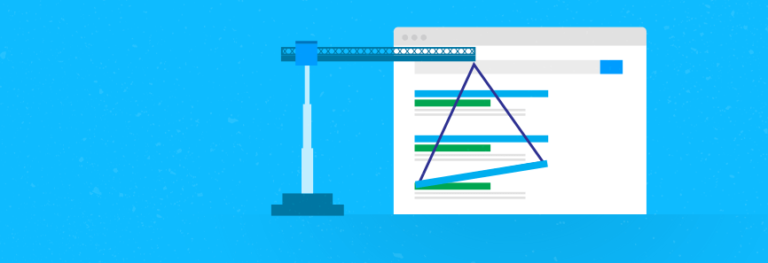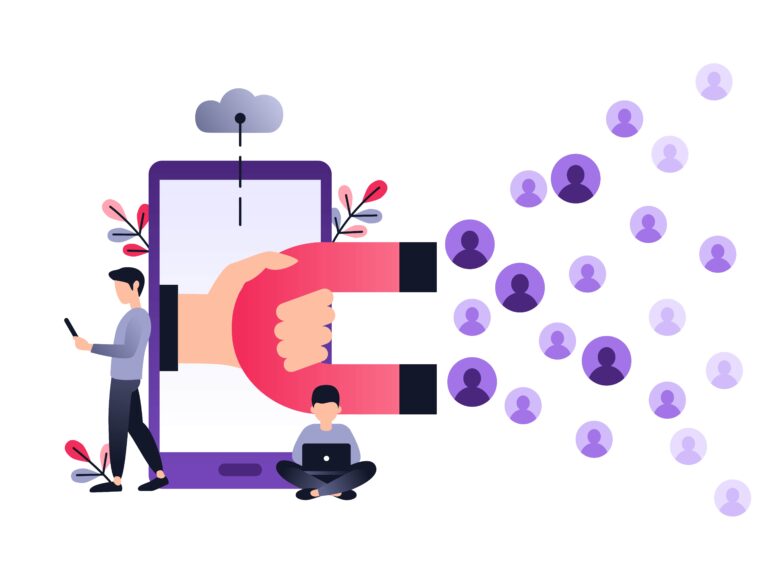The rise of the $14bn/year industry is an untapped market of dirty profitable businesses.
Businesses in the cleaning and sanitation industry including garbage removal services, laundry, pest control, and commercial sterilization are booming, with YoY growth trending.
What’s unique about this industry is the service coverage of cleaning solution providers. Within each location across America, cleaning service providers are able to combat the never-ending demand for cleaning services in their local suburb, city, and state.
However, in the past 5 years, the growth rate of the industry has reduced. With environmental factors and economic impact, the need to forecast demand for commercial and residential cleaning in communities has been stronger than ever, and that relays to the need for digital marketing.
Cleaning service providers need to approach their survival and growth from multiple angles:
- Market to new businesses, while pivoting to offer a wider range of services
- Retain existing clients in their database with scheduled servicing
The cleaning industry is in a potentially volatile state that will enable it to enter a state of self-cannibalization. For cleaning professionals and marketing specialists within the sanitization and cleaning industry, here’s everything you need to know about empowering the industry with digital marketing.
Download our Cleaning Industry Niche Pack which includes an industry fact sheet, case study and email marketing sequence from our resource center.
State Of The Industry
The waste management industry is still in a position of growth. Since 2014, the rate of growth has declined from 6.28% to 4.38% year on year.
While this growth can be attributed to the rise of DIY cleaning options and diluted with the growth of freelance service providers, we take into consideration two key factors – environmental and economic impact.
Environmental:
In short, it’s raining cats and dogs, and that’s a good thing.
There is an increase in rainfall across the country. While this environmental shift has been a reason to stay indoors, it’s also an invitation for pests such as rats, cockroaches, and termites to relocate into homes, apartments, and offices.
As the need suggests, businesses in the pest control industry will reign supreme during the rainy seasons and expect a higher inbound demand for their services.
For businesses residing on the East Coast of the United States, August has the heaviest average rainfall, and this extends through the latter part of the year.
For business residing on the West Coast of the United States, December to April bears the greatest rainfall count. However, while there is an average of 42% lower rainfall trend on the West Coast compared to the South-Eastern States.
Seasonality is affecting the need for cleaning services across the nation, with variable services required throughout each season. In 2018, the average rainfall across the United States decreased by 18% since 2015, which has since contributed to the decline of the growth, however – when we compare the same changes since 2000, we see that there’s an uptrend on rainfall.
When we export the data and compare the same sentiment against 2000, there is a heavy signal of consistent growth. The uptrend of the median rainfall increased by approximately 10%, and the industry growth reflected that there’s no shortcoming of a financial crisis in the industry.
Economic:
With the rising wages in the industry, and the quantity of structures increasing – the demand for commercial cleaning is on the rise. Since 2017, we’ve seen year-on-year growth with commercial properties. With Seattle weighing in at 6.8% on commercial space only, the cleaning industry can expect a mild increase in the need for waste management, pest control, garbage disposal, and cleaning.
The Growth of Office Spaces In America
The increased accessibility and ease of use when it comes to do-it-yourself cleaning solutions have had a negative impact in the demand for residential and home cleaning services, but positively increased the demand for more industrial products for home and office use.
The paradigm shift from service provision to do-it-yourself has not permanently affected the capacity of the cleaning services industry. What the destabilization of the industry has done, is create a stronger demand for competitive pricing, service deliverability, and standards.
How Digital Marketing Affects The Industry
As with any business, cleaning service providers need to maintain a strong online presence to reach potential customers. Employing different digital marketing strategies is paramount to meet their goal.
Generating Demand
While the demand for cleaning services is tied to different factors, businesses in this industry should always prioritize bringing in new customers. There are two ways they can achieve this:
1. Dependency on Paid Ads
There is no shortage of cleanliness and maintenance services in the US. Businesses operating within this industry need to always be in front of their customers, and this is what makes paid advertising a viable option for most.
Using paid ads allows cleaning service providers to leverage the following:
- Target location – Only the people who are actively looking for cleaning services in their area can see the ads, which means the audience is more granular and targeted to those who are interested in doing business with cleaning service providers.
- Instant traffic – Unlike in organic search, paid ads can appear in less than a day on search results. Cleaning services who use this as part of their digital marketing strategy are able to benefit from the influx of traffic instantly.
Google’s Local Services ads provide businesses with a more direct way of attracting customers. By highlighting important business information, cleanliness and maintenance service providers can display their business at the top of Google results.
Just like this:
One of the benefits of having Local Services ads is the Google Guarantee badge. As trust is an important factor for customers, the Google Guarantee badge serves as proof that a business has passed Google’s standards. Customers who click on Google Guaranteed ads will have their services insured by Google; in turn, cleanliness and maintenance providers get more business and start building their reputation.
2. SEO and Web Design
Majority of today’s customers take their queries online instead of inquiring through phone, and this is where the battle for dominating search begins. Cleanliness and maintenance service businesses need to arm themselves with the right strategy for their SEO and ensure their website serves the need of their customers.
The key is to focus on local SEO. Why? The answer is simple—businesses are more likely to appear on top of search results if they are locally optimized. An average of 38.6% of clicks from searches is earned for being in the top position. This is especially beneficial for pest control, waste management, and sanitation businesses that serve a local community.
SEO Strategy
- Target Local Keywords – Keyword research lays the foundation for any SEO strategy. For cleanliness and maintenance businesses, it’s important to focus on keywords that target their area. With geo-targeted keywords, their business will more likely appear to people within their radius and have the potential to be their next customers.
- Claim and Optimize Google My Business Pages – Google My Business allows businesses to appear on Google Search and Maps, so their customers can immediately find them. Use a Google My Business dashboard to track performance. By claiming and optimizing their GMB page, cleaning and sanitation companies will have their address, location, business hours, and even reviews appear on results whenever their customers search for them online.
- Ensure Name, Address, and Phone Number Accuracy – Google determines if a business is legitimate by the accuracy of information available about that business. So if a pest control company listed down its name, address, and phone number on Google My Business, the same information should be present across all the channel it uses. This is one way to avoid confusing customers and make sure they find the business they’re looking for.
- Build Local Citations – This ties with having consistent, accurate details across all channels. Pest control, waste management, and sanitation businesses that show up in citation sites for this industry can boost their authority and have more access to customers searching for their business. Some of the top citation sites for cleaning and sanitation businesses include HomeAdvisor.com (DA 86), Window-Cleaning.RegionalDirectory.US (DA 54), and CleanersHub.com (DA 33), and IJCSA.org (DA 30).
Website Design
For businesses in the cleanliness and sanitation industry, their website often serves as a primary source of leads. Everything on the website serves a purpose to improve conversion rate and drive more business.
As part of a strategy, website design focuses on the following elements:
- Responsiveness – When it comes to web design, the first thing to consider is how users access the website, whether through desktops or mobile devices. The browsing experience of users should be consistent across all types of devices. This is why user-friendliness and responsiveness are prerequisites when designing a website for cleaning companies, waste management services, and sanitation businesses.
- Contact Form – Websites have a contact form that functions as the lead generation for the business. Proper positioning of the contact form can determine how successful you are at capturing leads. Information such as name, email, phone, and inquiry are effective in converting leads to bookings. The easier it is for customers to contact the business, the more likely they are to book appointments.
- Social Proof – For businesses in the cleanliness and sanitation industry, accreditation and ratings can provide their much-needed boost in credibility. Displaying high BBB ratings, certifications, and other seals of accreditation can help customers verify the business is following industry standards.
Seasonality Control
Considering the environmental factors stated in the previous parts of this post, digital marketing strategies for cleanliness and sanitation companies should be aligned with seasonal changes. The seasonal trends, the highs (and lows), and the environmental conditions of the local area they serve can be used as leverage for their digital strategies.
1. Content Strategy
While seasonal changes can cause fluctuations in business, it’s important for cleaning companies, pest control services, waste management services, and similar businesses to remain in front of their customers all year round.
This is where content strategy comes into play.
- Build a Content Hub – Just because it’s low season for a business doesn’t mean customers won’t be looking for information. By creating a content hub, cleanliness and sanitation businesses consistently provide valuable information that turns them into the go-to resource of their customers.
Marketing seasonally relevant services such as gutter cleaning during the fall seasons, and pest control during the winter seasons is far easier to promote than just the services alone. This will allow you to widen the quantity of targeted keywords, both competitive and longtail.
2. Maintaining a Positive Reputation
Reviews – The lifeblood of your company online is your digital persona. Thanking, praising positive interactions with your brand displays the ease of connecting with your brand.
When a negative review starts to go viral, and you position yourself in a moment of honest, transparent consideration, it builds trust in your business’ goal of serving customers.
A simple but effective strategy for maintaining a positive reputation includes:
- Searching for mentions online – The more unique a business’ name is, the easier it is to find references to the business online. Most mentions will appear in high-ranking directories such as Yelp!, Yellow Pages, Google Maps, and Facebook Pages.
- Providing resolutions for negative reviews – When searching for mentions online, there is always a sentiment (both positive and negative). A good tactic is reinforcing the effectivity, timeliness and conclusive agreement between the negative reviewer and the business. While there are few opportunities to say “the customer is always right”, most negative reviews are based on the experience of service/product or miscommunication.
3. Loyalty
Sometimes, it’s easy for existing clients to forget who they hired, and that’s normal. For irregular services, several factors contribute to why a business and service can simply be forgettable. These include common names, below average service, or not being branded as an authority.
To combat being left behind by clients, loyalist enabling happens by running parallel remarketing strategies online and offline to stay omnipresent in the faces of clients past, present and future.
Conclusion – The Winning Online Strategy For Cleaning Businesses [Case Study]
The cleaning industry is in need of a digital cleanse, and with a powerful content strategy, paired with modern websites and a good take on online reputation, it’s completely achievable.
If you want to know more about SEO Services, Reputation Management, and Web Development services, speak with our team or create an account and visit our store, and learn more about our solutions.










